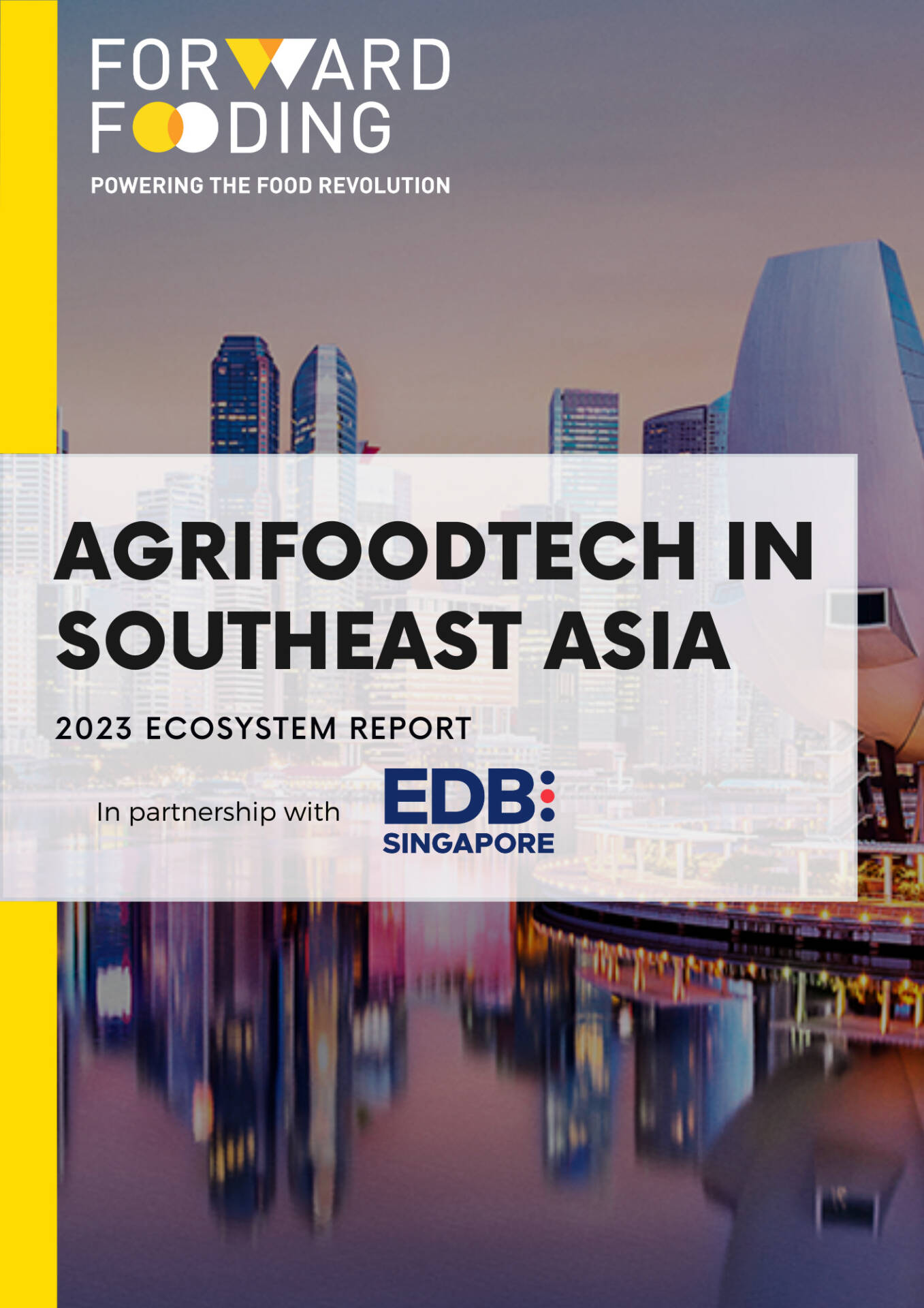FORWARD FOODING
THE BLOG
Vertical farming Q&A: Where do we go from here?
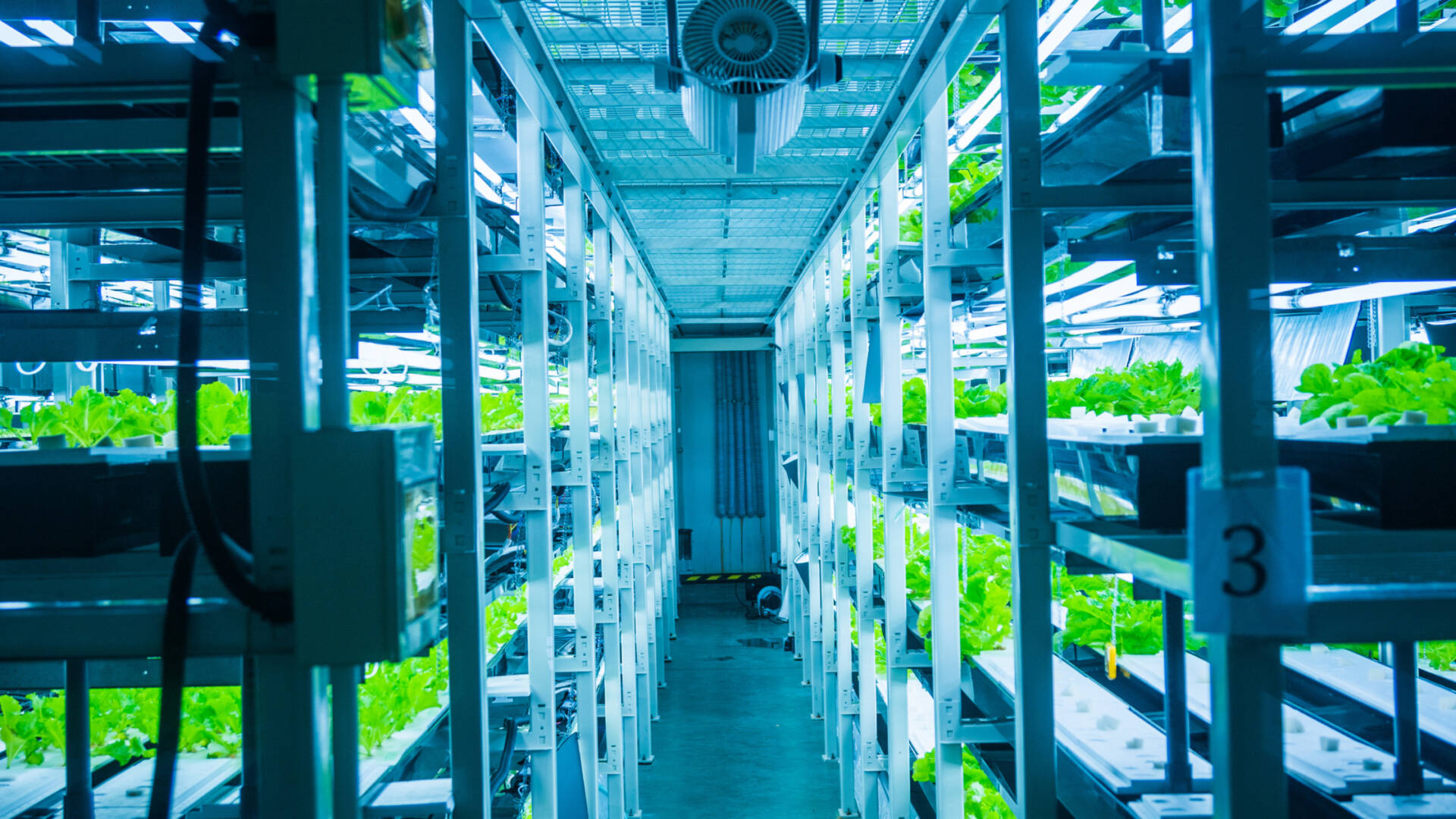
Vertical farming has been lauded for its potential to provide fresh produce throughout the year, regardless of location or climate. However, recent challenges have presented the industry with some obstacles to overcome. A reduction in venture funding and rising energy costs have led to a series of setbacks, including layoffs, delayed farm construction, and even business closures. In the following interview with Sepehr Achard, Chief Executive Officer of iGrow News, a leading news provider in the agriculture technology sector, we understand what has led us to this point and what to expect moving forward.
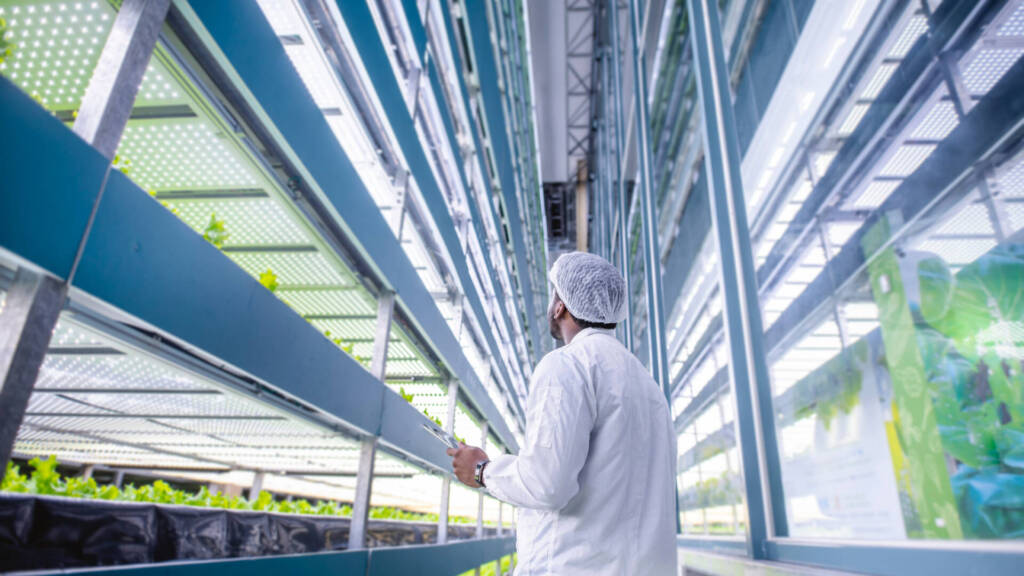
1. As the vertical farming industry navigates a challenging phase, there have been reports of significant closures and staff lay-offs in 2022. It is likely that multiple factors have contributed to these setbacks. From your perspective, what are some of these factors?
Beyond energy, all the components of inflation have contributed to the industry’s current state. Fertilizer price inflation, seed inflation, and inflation on critical materials such as LEDs, plastic, steel, and other materials used in the facilities/equipment incorporated into facilities have all contributed to the challenging phase we experienced in 2022, and that we are still experiencing.
But the extent to which the macroeconomic environment affected the industry’s growth and caused the closures/lay-offs in 2022 is intrinsic to some vertical farming/indoor farming companies’ business models. Unfortunately, like many high-tech industries out there to few companies have focused on building resilient supply chains, a clear procurement strategy with an understanding of where the bargaining power is, and also the design of the facilities that sometimes is just too complicated, creating unnecessary costs that could be avoided.
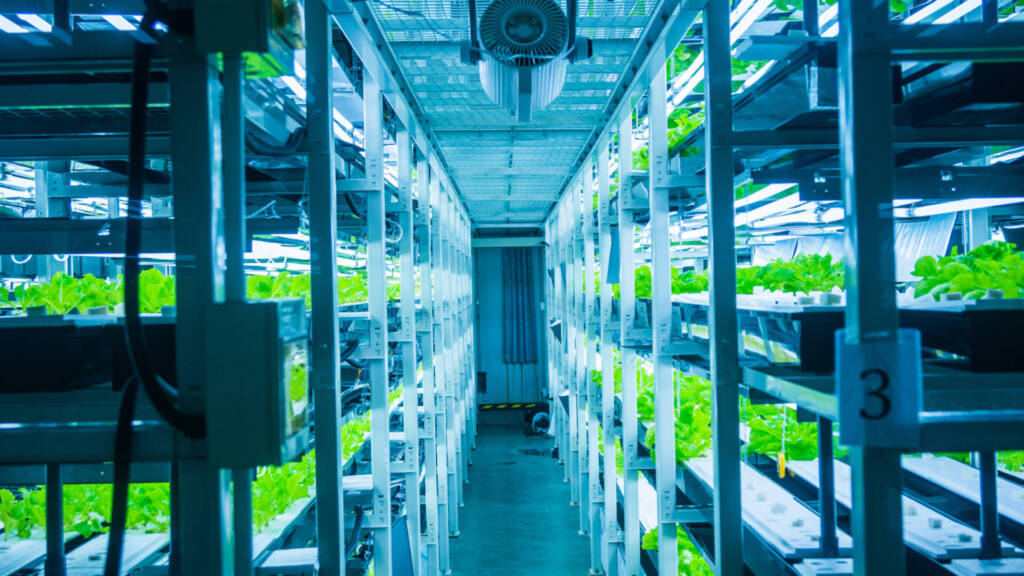
Investors that have a lot of skin in the game may want to provide more capital to save their positions.
2. Investments in vertical farming companies and FoodTech, in general, saw significant growth in 2021. Even in 2022, the industry continued to attract a fair amount of funding, including some “mega-rounds.” However, with the current economic downturn and a reduction in available funds, it’s worth questioning whether this trend will continue. Do you think we’ll see more of these “mega-rounds” happening?
Interesting question, as it can go either way, investors that have a lot of skin in the game may want to provide more capital to save their positions (should they have sufficient liquidities), and those companies that have been able to generate positive cash flow may be able to raise more capital and acquire assets at a discount given the current downturn. So we may see “mega-rounds” that will shadow the fall in funding for small start-ups.
3. Some companies are trying to fight back against adverse conditions by cutting costs. Will this be enough to keep them afloat? What else can they do to survive?
This is a difficult question as it is easier said than done, especially in these times, but companies should focus on generating positive cash flow. By doing so, these companies may be able to save their business first and access funding quickly when the storm passes and even during the storm if they can convince investors to support their project.
Again, as said earlier, a lot of work can be done to build resilient supply chains and define clear procurement strategies. This doesn’t necessarily require a lot of investments or hiring experts that are pretty expensive (though it can be helpful to get advice from professionals) but applying frameworks that have been created over the years (one such example can be the multi-criteria decision analysis) and spend a lot of time choosing the right supplier in the correct location can result in saving necessary money.
Unfortunately, there are no guarantees that either of these recommendations will save the various models that exist today.
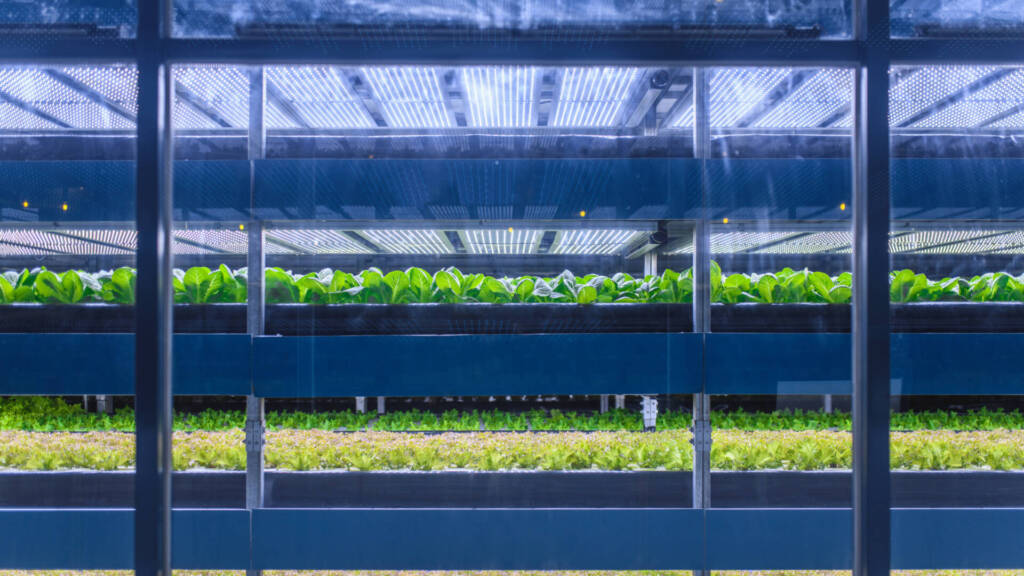
A lot of these companies are trying to save money on critical equipment such as LEDs and HVACs… when in reality, there are not in a position to negotiate prices as there are only a handful of companies providing these equipment tailored to indoor farms/ vertical farms.
4. In our previous article on vertical farming, we focused on the industry’s consolidation and explored how indoor vertical farming companies are striving for scalability while keeping costs low. One of the strategies we discussed is the acquisition of external intellectual property (IP). What are the winning strategies here in your opinion?
Overall, more attention should be given to the choice of material when setting up an indoor farm and thus having a well-defined sourcing/ procurement strategy (especially for the more extensive medium/large size facilities). A lot of these companies are trying to save money on critical equipment such as LEDs and HVACs… when in reality, there are not in a position to negotiate prices as there are only a handful of companies providing these equipment tailored to indoor farms/ vertical farms (bargaining power of suppliers).
Most companies have the power to negotiate prices on the different plastics they are going to use in their facilities, the choice between using stainless steel or plastic, the choice between welding or screwing, the prices of your electric cable… and that’s where you can negotiate the prices down because there are hundreds of suppliers throughout the world for that particular product/service. Also, having a couple of suppliers for a particular material/equipment (when possible) can come in handy as it guarantees supplies (unless there is a catastrophe), and companies can put in competition these different suppliers leading to lowering prices.
The truth is that we’ve entered an era of climate adaptation rather than climate mitigation as climate change’s effects are irreversible now. I think that an increasing number of countries (not just islands and desert countries) will be relying on CEA to grow their crops, and we won’t be able to count on fertile land to grow the crops as it won’t be enough for our needs.
5. As the vertical and indoor farming industry continues to grow, a crucial question remains: can it truly serve as a viable alternative to traditional agriculture by producing staple crops like wheat and other high-biomass crops? Recently, Infarm made headlines by announcing its successful cultivation of wheat in one of its facilities. We’d love to hear your thoughts on this development: do you believe we’ll see a future where these crops are commonly grown in indoor vertical farming facilities?
A couple of things that deserve to be noted:
- Anything can grow as long as the required lighting, nutrients, pH, and overall environment are given. The question is more if it makes sense economically to grow these crops & by the looks of it, without a fair amount of bioengineering, it wouldn’t make sense
- I have two views on the place of indoor vertical farming in the future agriculture sector:
- A somewhat optimistic view where each new farming method will come in to complement existing farming methods and specialize in where other methods cannot (or hardly can) compete, e.g., baby leaves, aromatics, flowers, and certain tree sprouts are examples where vertical farming/indoor farming can compete and have advantages compared to traditional farming.
- A pessimistic, yet, increasingly realistic view, where we may have no other option in the near future but CEA to grow our crops. The truth is that we’ve entered an era of climate adaptation rather than climate mitigation as climate change’s effects are irreversible now, the weather is becoming warmer, arable land is decreasing throughout the world, we have a decreasing and aging labor force, and an expanding population that needs to be fed. I think that an increasing number of countries (not just islands and desert countries) will be relying on CEA to grow their crops, and we won’t be able to count on fertile land to grow the crops as it won’t be enough for our needs.
Plus, for a civilization destined to explore other planets, there won’t be alternatives but indoor vertical farming to grow crops
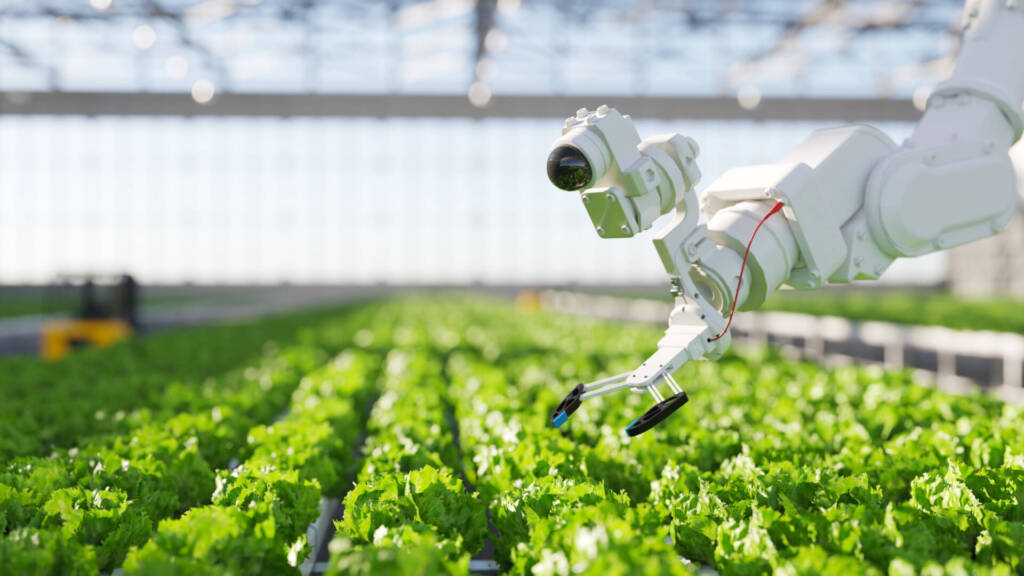
6. 2023 will be a challenging year for many entrepreneurs. Can you tell us some of your predictions going forward?
With the economic world changing rapidly over the last few years, it is difficult to predict what the future holds for the global economy. Various financial and economic trends enable us to understand better what we may expect from the economy in 2023. From changes in the labor market to shifts in governmental policies, 2023 promises to be a year of both uncertainty and opportunity:
- Inflation: I think inflation will stagnate for the year (or even further inflate as China’s reopening may pressure a fragile market, but I don’t believe it) and that central banks will continue their hawkish behavior on interest rates to bring inflation back to its targeted 2%. If this is the case, then I think that we may end the year with a recession or even an economic depression that will continue to challenge entrepreneurs.
- Energy: I think oil prices may stay high and perhaps get higher throughout the year, as I don’t believe that OPEP will increase production but may decrease production as the prices go down to keep oil prices at a certain level somewhat. Especially as the relations between Saudi Arabia and the west are not in the best shape, we talk increasingly about trading oil prices in currencies other than dollars… This, in turn, will sustain inflation at its current levels.
- AI opportunity: The rise of artificial intelligence is a real opportunity for everyone if applied correctly and can, in some cases, compensate for the challenges specific sectors have in recruiting more staff (for example), thus lowering costs. It will create challenges for companies that are competing with it though.
- Market Opportunity: I think that India is an incredible market opportunity. Certain companies may want a presence in the country by the end of the year as it has the infrastructure to become a powerhouse in the near future.
- Trends: For the first half of the year, the contraction of all tech sectors will continue and perhaps amplify, pushed by the macroenvironment as well as the rise of AI. Thereafter, I believe there will be a period of stagnation that could extend for a year or more.
We could write an entire book on the predictions for 2023, as I believe that a lot of things will change, but I guess we may not have enough space to cover it for this article 😀
Do you want to learn more about the FoodTech sector? Access our Food Data Navigator HERE to discover all the companies mentioned in this article and gather trends and insights, or get in touch HERE for a tailored consultancy.
Follow us
Sponsored Articles
9 July 2025
Forward Fooding celebrates the selection of 12 pioneering startups for the inaugural pladis Accelerator Programme. From water lily popcorn to sugar-converting enzymes, these innovations represent the future of snacking, addressing obesity, sustainability, and personalized nutrition through cutting-edge food technology.
21 March 2025
Tim Ingmire, VP of Global Innovation & Technology at pladis, discusses how the snacking giant is supporting early-stage startups in foodtech, health, and sustainability through their accelerator program. Learn about their focus on personalized nutrition, functional foods, and future ingredients to bring innovative, delicious products to consumers worldwide.
8 February 2024
Future Food-Tech returns to San Francisco on March 21-22 Over 1,700 food-tech leaders, from CPG brands, retailers, ingredient providers, [...]
1 February 2023
The 4th edition of FoodTech 500 is taking off and we are excited to partner with NEOM for the third consecutive year to support the best international AgriFoodTech entrepreneurs.
10 February 2022
One of the elements we enjoy the most here at Forward Fooding about working with AgriFoodTech startups is being [...]
